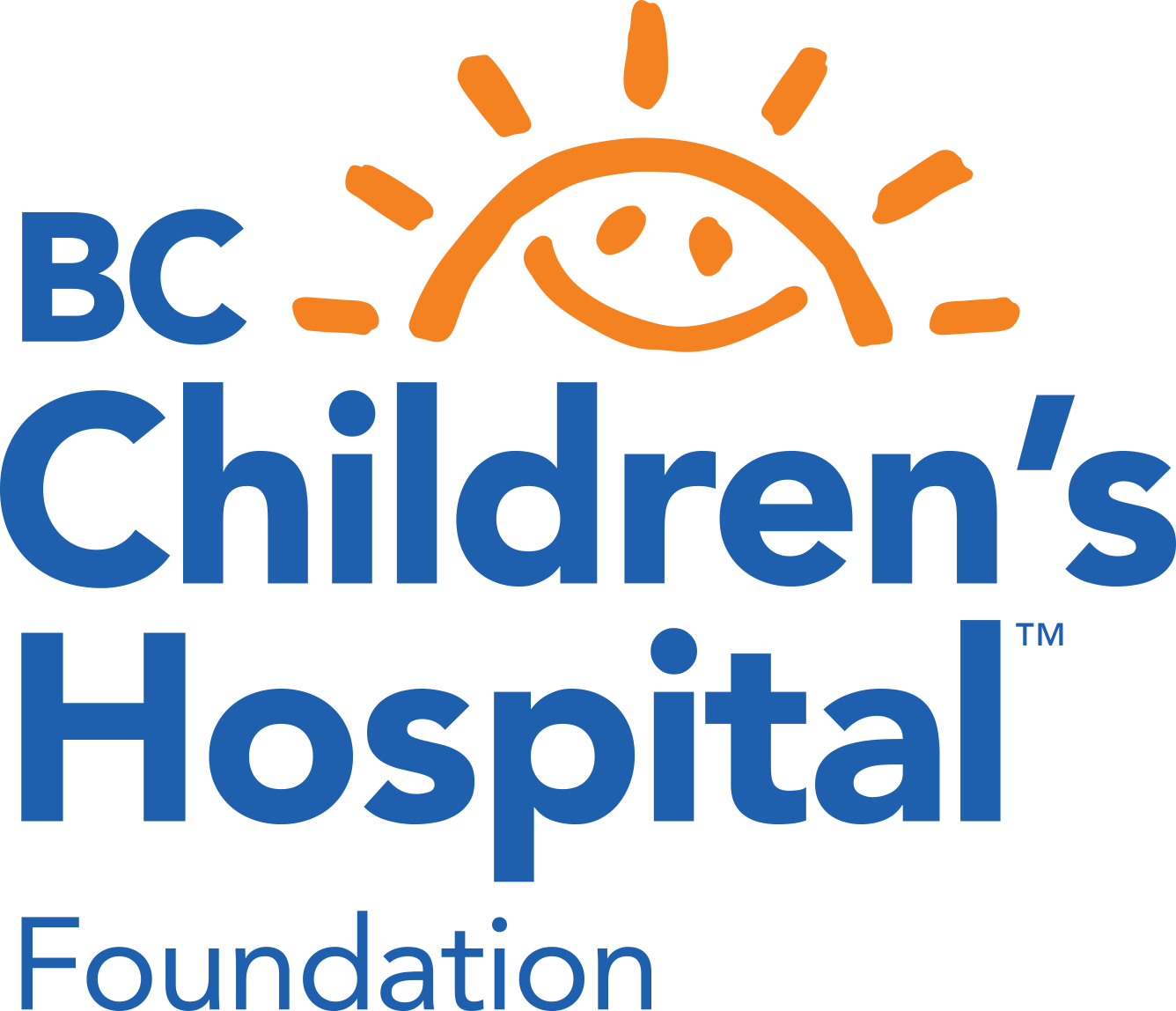
When people experience a mental illness, medications are not the only treatment option. Pharmacists and physicians are trained to discuss and offer non-drug treatments as appropriate (e.g. cognitive-behavioral therapy, interpersonal therapy, mindfulness, sleep hygiene, light exposure, exercise, diet and lifestyle changes) which can be used before, after, or in combination with medication. Unfortunately, people’s response to treatment varies for many different reasons and not everyone is able to access and benefit from these treatments. When this happens, or if illness symptoms are moderate to very severe, prescription medications remain one of the major options available to help effectively treat mental illness.
Sometimes it is difficult for a child or adolescent to take their medication as prescribed. In medical speak, this is now called medication adherence (as in ‘sticking to’ something, in this case, sticking to taking medication as prescribed). Poor medication adherence can happen for a number of reasons, some of which may include difficulty swallowing medication, forgetting to take medication on time or missing doses, lack of understanding or perceived benefit from the medication, experiencing side effects (or worry about experiencing side effects), fear of stigma related to taking medication (especially with the awareness of a need to take medication by their peers), lack of insight or disagreement with the diagnosis leading to a belief that medication is not needed, or even to stockpile medications with the goal of attempting to take an overdose.
Family members sometimes ask doctors, nurses and pharmacists how to know if a child is taking their medication. This is where some of the art of medicine comes in. It is hard to be 100% certain, but having a conversation with your child about their medication on your own or together with their doctor, nurse or pharmacist is a great first step.
Borrowing from the fascinating technique of motivational interviewing, parents can ask their child what are the bad things about taking the medication. Then, ask if there are any good things about taking the medication. Often, if you’re having this conversation you may hear a lot more about bad things than good things! If this happens, reassure your child that you understand and have heard their concerns. If there is a concern that you or their health care team can help with (e.g. managing a side effect, getting smaller sized pills, liquid medication or oral dissolving tablets, changing the timing, working with their school for better privacy around medication administration) do your best to make this change. If you have observed benefits from the treatment, you can remind your child of the positive changes since they started taking their medication.
Additionally, you can inquire about any bad and any good aspects of their illness (any potential “good” aspects may not always be obvious, but can include being allowed to avoid attending school or work, getting to live with or see certain parents, siblings or peers). Finally, inquire about what would be good or bad about recovering from their illness. While emphasizing the positive aspects of recovery from illness your child has identified, ask them to tell you how motivated they are to recover from their illness. Often people will have some ambivalent feelings about recovery (for example, they may no longer be suffering from symptoms, but may then have to face the challenge of returning to school, work or other problems in their life.) If your child is able to state they want to improve/recover from their illness, ask what changes they think they could make to help them achieve their goal of recovery.
The goal is to connect their motivation to recover to acceptance of the recommended treatments/medications for that illness. This is not easy to accomplish, and this technique doesn’t work for everyone, but it can help both you and your child understand their beliefs, attitudes and motivations around their illness and taking medication. What usually doesn’t work is direct persuasion, blame, punishment or threats; in fact these may make your child even more resistant to taking medication or actions towards recovery from their illness. One final thought about motivational interviewing: it is said that people change when the pain of staying the same is worse than the pain involved in making a change.
If this conversation with your child results in multiple concerns being expressed about the medication, and coincides with no improvement or worsening of the illness, trips to the bathroom or sink immediately after taking medication, finding pills in their clothing, room, bathroom or garbage cans or an expressed desire to take a medication overdose, taken together these factors suggest a higher risk of poor medication adherence.
So, what to do? We know that for children sustained medication adherence is difficult. A 2001 study in the BC Children’s hospital ADHD clinic found nearly 1 in 5 children did not take their medication as prescribed. Some studies in adults even put the rate of medication non-adherence as high as 50 percent! Some suggestions that may help are contained in the newly created teaching sheet on the Kelty Mental Health Resource Centre website called “Is My Child Taking Their Medication?” This may include actively participating in giving medication and directly observing your child taking their medication each time.
In some cases this means handing the medication dose to them, watching them swallow the medication, asking them to drink some water afterwards and talking with them for a few minutes. Sometimes, asking to check their hands, mouth and under their tongue to make sure all medication has been swallowed may be necessary. Involving their doctor, nurse or pharmacist in this discussion can help greatly.
Getting medications filled by your pharmacy in special packaging may help with adherence. Having medications bubble (or blister) packed, puts all the tablets needed for a particular time of a particular day all together in a small “bubble” that can be opened just prior to the dose being taken at the appropriate time. This is especially useful for children taking 3 or more medications. A lot of families like the added benefit of knowing if a particular dose was popped out of the packaging (as evidenced by the empty “bubble”). Bubble-packing also tends to limit the amount of medication (usually 7 days at a time) available in the home at one time, keeps everything together in one place, and shows if extra doses have been taken out of the packing early or inappropriately. Setting a timer (usually done on our smart phones nowadays…) to remind you and your child when it is time for medication doses can keep things on track, even if they (or you) are deeply immersed in chasing Pokemons all day long! Keeping all medications for all family members in locked storage (the LockMed box is one such device) in the home can prevent inappropriate access to medication supplies that could be used to get high, sell, or take an intentional overdose. One recent survey found that of adolescents who abuse prescription painkillers, nearly 60% say their source of these drugs was from their own home.
Certain selected medications used for the treatment of schizophrenia and bipolar disorder can be given via intramuscular injection (these are called depot antipsychotics) every few weeks or months. While there is limited study with available depot medications in children and adolescents, and Health Canada has not formally approved depot antipsychotics for patients under the age of 18, the treatment team from the child and adolescent mental health program has had good success with use of these agents in small number of adolescents who experience repeated re-admission to hospital owing to medication non-adherence.
When medication non-adherence is suspected or identified, talk with your child and their doctor, nurse or pharmacist. If you and their health care team can understand and address the reasons why medication is not being taken, the issue can usually be successfully resolved.
Dr. Dean Elbe, PharmD, BCPP
Clinical Pharmacy Specialist, Child & Adolescent Mental Health
BC Children’s Hospital







